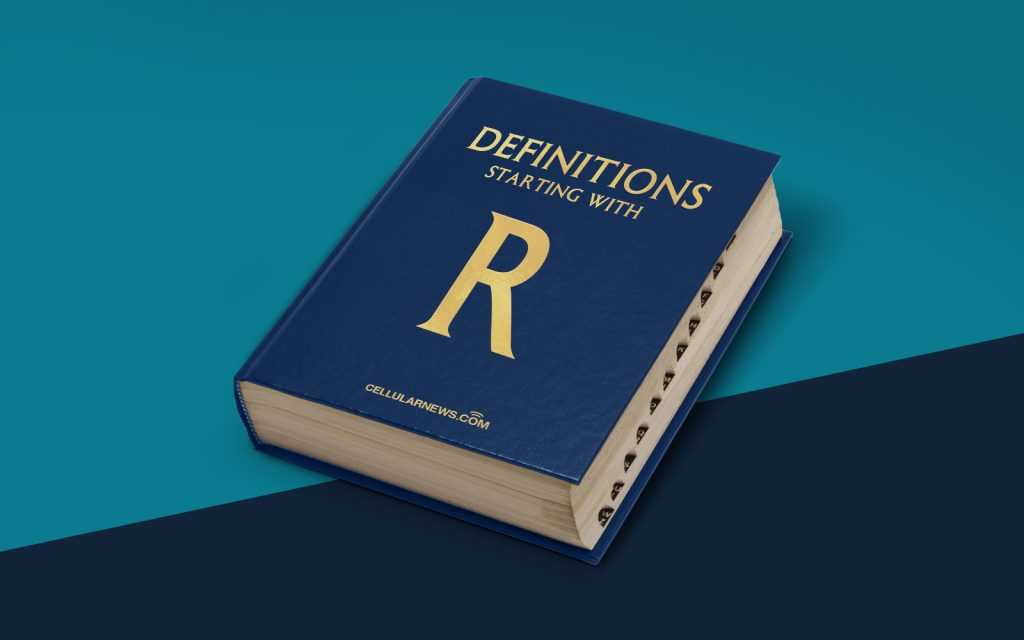
Demystifying Rectifiers: Understanding Their Function and Importance
Have you ever wondered what a rectifier is and why it is important? Look no further! In this article, we will unravel the secrets of rectifiers and shed light on their function and significance. So, let’s dive in!
Key Takeaways
- A rectifier is an electrical device that converts AC to DC.
- Rectifiers are crucial in power supplies and other electronic devices.
A rectifier is an electrical device that allows the flow of current in only one direction. It converts alternating current (AC) into direct current (DC), making it an essential component in various electronic devices. Rectifiers are commonly used in power supplies, battery chargers, and other electrical systems where DC power is required.
How does a rectifier work?
Now that we know what a rectifier is, let’s understand how it works. The basic principle behind a rectifier is diode behavior. A diode is a semiconductor device that allows the flow of electric current in only one direction. A rectifier usually consists of multiple diodes connected in such a way that they work together to convert AC to DC.
When an alternating current is applied to a rectifier, the diodes allow the flow of current in one direction during the positive half-cycle and block it during the negative half-cycle. This process, known as rectification, smoothens out the AC waveform, resulting in a pulsating but unidirectional current flow.
Furthermore, depending on the application, rectifiers can be classified into two main types:
- Half-wave rectifiers: As the name suggests, half-wave rectifiers allow the current flow during only half of the AC waveform. This type is simple and cost-effective but provides a lower average output voltage.
- Full-wave rectifiers: These rectifiers permit the current flow during both the positive and negative half-cycles of the AC waveform, resulting in a more efficient conversion. Full-wave rectifiers can be further divided into two categories: bridge rectifiers and center-tapped rectifiers.
The importance of rectifiers
Now that we understand how rectifiers work, let’s explore their significance:
- Power conversion: Rectifiers play a crucial role in converting alternating current to direct current, enabling the efficient operation of various electrical devices and systems.
- Device operation: Many electronic devices such as computers, televisions, and smartphones rely on rectifiers to convert AC power from the grid into the DC power they require for smooth operation.
- Battery charging: Rectifiers are widely used in battery chargers to convert AC power to DC power for charging batteries. This ensures that the battery receives a steady and suitable charging current.
Without rectifiers, many of our modern-day electronic devices would be non-functional. Whether it’s powering our homes or our portable electronic gadgets, rectifiers are indispensable components that make our lives easier and more convenient.
So, the next time you encounter the term “rectifier,” you’ll have a clear understanding of its function and importance in the world of electricity. Remember, rectifiers are the unsung heroes that keep the current flowing in the right direction!
